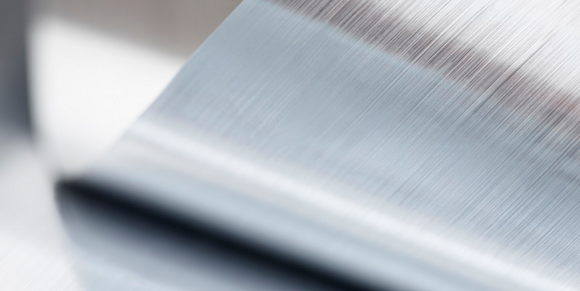Plansee project aims to establish CO2-free aluminium production
August 22, 2022

In spring 2022, the Plansee Group, headquartered in Reutte, Austria, began a project with aluminium manufacturer Trimet, Essen, Germany; Icelandic technology enterprise Arctus; and Saarland University, which is focused on scaling up a new production method that eliminates the need for carbon in aluminium production. Instead of carbon dioxide, only oxygen would be produced, thus reducing the carbon footprint of aluminium production.
More than 67 million tons of aluminium were manufactured in 2021 alone, and demand is continually increasing – with that, however, comes an increase in its energy-intensive manufacturing process. Not only are there high energy requirements during the smelting process – predominantly covered by coal-fired power plants – but CO2 emissions are also increasing. Carbon is burned during the production process itself and is expelled as carbon dioxide. This generates roughly 100 million tons of CO2 equivalents per year worldwide.
The traditional manufacture of aluminium takes place in an electrolytic smelting process known as the Hall-Héroult process. Aluminium oxide is reduced to aluminium metal using carbon electrodes during electrolysis and, during electrolysis, the carbon electrode is burned and expelled as CO2. Together with Arctus, Trimet has developed a process in which the carbon electrode is replaced by inert cathode material in the electrolytic cell. The major advantage here is that no carbon electrode is used, so oxygen is released instead of CO2 . For the first time, it is possible to manufacture the lightweight metal without directly producing CO2 emissions and to make a major contribution towards more sustainable production.
The aim of Plansee’s research project is to make this technological innovation usable at a commercial level, from the laboratory scale and small industrial cells through to mass production, as well as developing an ideal material to replace carbon electrodes.
The material titanium-diboride (TiB2) has been identified for this, which is characterised by extreme hardness and excellent oxidation resistance; in contrast to many other materials, it also does not react with aluminium. Plansee has been producing TiB2 sputtering targets for the hard coating of tools for many years at its Lechbruck plant. This material now needs to be adapted for a new application. In particular, this involves optimisation of the corrosion properties in connection with the aluminium electrolyte as well as the oxidation resistance in the upper area of the electrodes, which is exposed to high temperatures in the air. Plansee is also developing a technique for joining TiB2 cathodes to the electrical copper connections for the power supply based on existing knowledge.
“Our research team is working on the project with great enthusiasm,” stated Peter Polcik, Product Development Manager at Plansee Composite Materials in Lechbruck. “As an innovation partner, it is our aim to guarantee the supply of optimised TiB2 cathodes to create electrolytic cells for manufacturing aluminium and thus make a significant contribution towards reducing Trimet’s CO2 footprint.”














